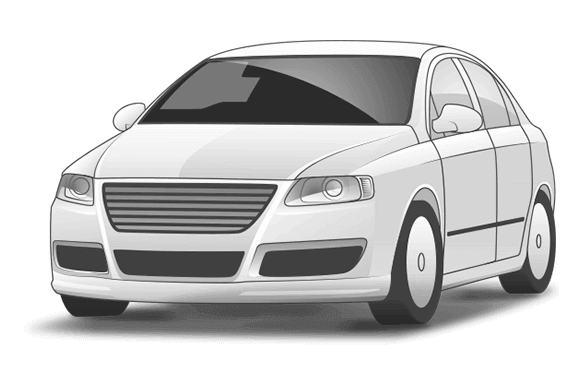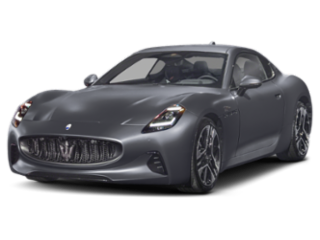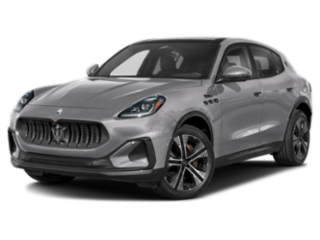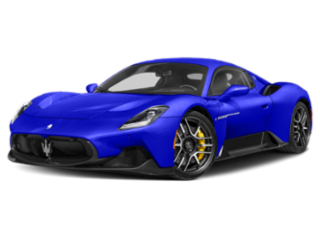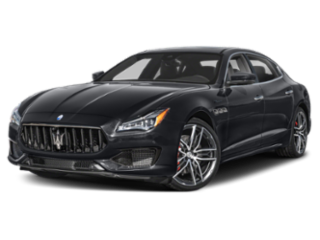Società Anonima Officine Alfieri Maserati was a company comprised of six of the seven Maserati brothers (Alfieri, Bindo, Carlo, Ernesto, Ettore and Mario), and founded in 1914. Their number consisted of engineers, an artist, and a successful racing driver (Alfieri). The brothers began their careers building racing cars for one of the dominant auto manufacturers of their day. When that company suspended its racing operations, the brothers continued to build racing cars under their own name.
When Alfieri Maserati won the prestigious Targa Florio road race in 1926 in one of the first Maserati racing cars the brothers were off and running. This success led to a brace of other racing machines powered by four-, six-, eight-, and 16-cylinder engines. Twinning a pair of the brothers’ straight eights created the 16-cylinder Maserati engine.
Each of the Maserati brothers contributed in some way to the success of their business.
Alfieri (1837-1932), an engineer, is credited with starting the business and leading his brothers in their endeavors; Bindo (1883-1980) was also an engineer and the business manager of the organization. Carlo (1881-1910), the eldest Maserati brother, pioneered the family’s interests in motorspor,ts—unfortunately he died before the firm was officially started. Ernesto (1898-1975) was an accomplished driver who kept the company going during the First World War, while his older brothers were in the military. Ettore (1894-1990) was also involved on t,he business side of things. All of the brothers were engineers and all contributed to the creation of one of the most dominant racing teams of their era.
Financial concerns predicated the sale of the company to Adolfo Orsi in 1937. Orsi had made his fortune in scrap iron, steel mills, and the manu,facture of farm equipment. Extreme,ly wealthy, Orsi employed several thousand people. And, in 1937, the surviving Maserati brothers became numbered among those in Orsi’s employ. To improve efficiency of production, Orsi moved Maserati from Bologna to Modena, near his steel plants. Under Orsi’s ownership, the Maserati brothers continued their winning ways, even huge sums of money was being dumped into Auto Union and Mercedes-Benz in his quest for Germany to dominate motorsports. Also during this period Maseratis won at Indianapolis two years in a row—in 1939 and 1940.
With the onset of World War II, such frivolities were put aside and the Maserati’s expertise was put to work developing implements for the war effort. After the war, Maserati got back into racing to continued success. Around this time, the ten-year agreement the Maseratis signed with Orsi to remain with the company ran out. They left to form O.S.C.A (Officine Specializzate Costruzioni Automobili - Fratelli Maserati SpA).
Undaunted, Orsi assembled a group of the finest engineers and driving talent Italy had ever known. Alberto Massimino, was brought in to overse,e design, Giulio Alfieri, Vittorio Bellentani, and Gioacchino Colombo (famous as Ferrari’s small displacement engine designer) handled engineering. And, Juan Manuel Fangio was brought in as one of the team’s drivers.
Meanwhile, development of a Maserati road car had also begun.
While the first Maserati road car was built in 1947, the six-cylinder 1957 Maserati 3500 GT marked the transition of the company from a builder of racing cars to a road car manufacturer. The 3500 GT used an aluminum body over a super light structure by Carrozzeria Touring. The design was also used for the V8-powered 5000 GT and set the template for the nature of subsequent Maserati road cars. Rather than an out and out sports car, the 3500 GT was a grand touring car. While exciting to drive, the GT was also comfortable and practical for daily use.
Going into the 1960s, Maserati offered a string of beautiful, fast, and luxurious cars with bodies by two of the most noted automotive stylists of the time, Vignale and Frua. For 1964, Vignale did the Maserati Sebring, while Frua designed the Mistral Coupe and Spider. Frua also did the first Maserati four-door sedan, the 1963 Quattroporte. The company’s fabulous Ghibli coupe was brought to market in 1967, with the convertible version of the Maserati automobile appearing in 1969.
Orsi partnered with the French automaker Citroën in 1968—actually Citroën took over Maserati that year, but kept Orsi as a figurehead president. Citroën greatly expanded Maserati production and introduced its hydraulic technology into the cars. Further, Citroën started using Maserati engines in certain of its models, most notably the 1970 Citroën SM. This period also saw the launch of the first mid-engine Maserati models, Bora and Merak, as well as the stunningly beautiful front-engine Maserati Khamsin.
Citroën was not exactly a healthy company though. It went bankrupt in 1974, so Maserati was sold to Alejandro DeTomaso in 1975. Most noted for the DeTomaso Mangusta and Pantera mid-engine exotic sports cars, DeTomaso was a former racing driver and a rather prodigious capitalist. In addition to Maserati, he acquired control of the Vignale and Ghia styling studios, as well as the Benelli and Moto Guzzi motorcycle manufacturing concerns. He also owned the Innocenti car company. The Italian government aided DeTomaso’s acquisition of Maserati.
Under DeTomaso, the exotic mid-engine automobiles were abandoned in favor of front-engine twin-turbocharged V6 models that could be sold at a lower price point. Unfortunately, they weren’t very reliable, nor were they very well received. DeTomaso also entered into a partnership with Chrysler, which resulted in the woefully misguided Chrysler TC by Maserati. Basically, DeTomaso pretty much jacked Maserati up.
In 1993, DeTomaso sold Maserati to Fiat, where the company resides to this day. Fiat, in turn, sold a 50 percent stake in Maserati to Ferrari in 1997. In 1999, Ferrari took over Maserati completely and proceeded to turn Maserati into its luxury brand. Ferrari built a new factory for Maserati and is responsible for restoring the luster dulled by the years of DeTomaso’s ownership.
Freshly restored, Fiat moved Maserati to Alfa Romeo. The company saw its best sales years in recent history and for the first time since 1990, returned a profit in 2007. Today’s Maserati products straddle the line between exotic and premium mainstream, with a collection of grand touring coupes, convertibles, and a posh luxury sedan in the form of the Quattroporte.







